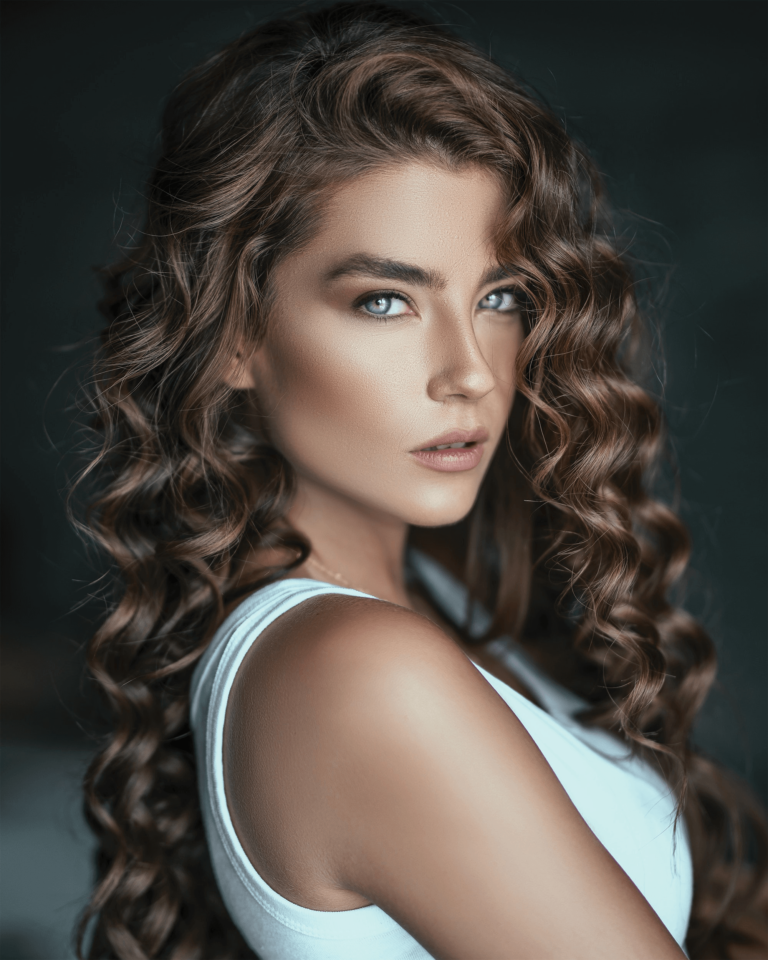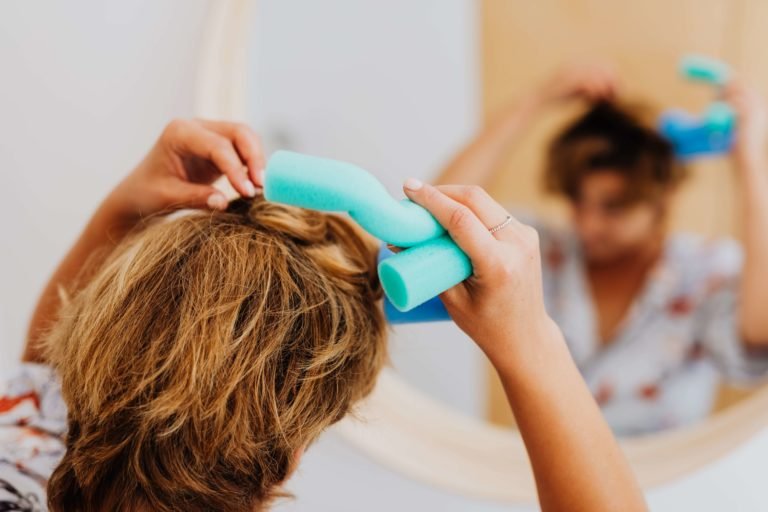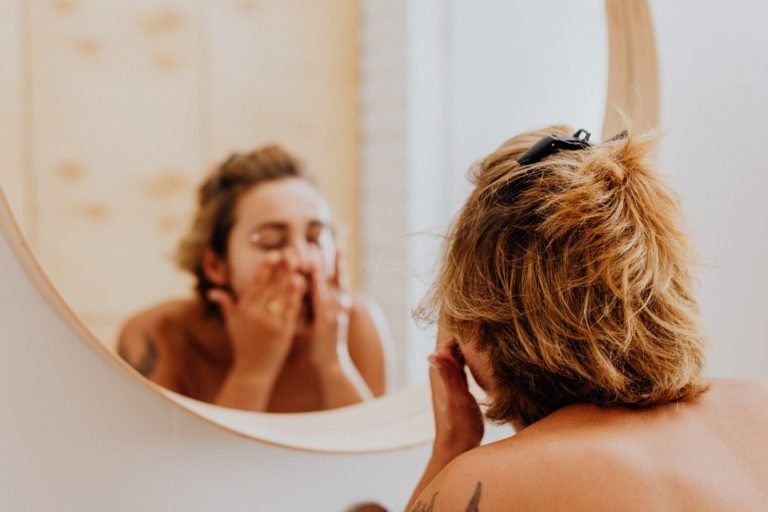PHOTOGRAPHY! 10 BEST TIPS A BEGINNER SHOULD KNOW ABOUT IT.
Maybe you like taking pictures with your family and friends, or perhaps you just got your first or new DSLR taking photographs with it expecting great awesome images as it is so expensive. But let me tell you, photography is much more than simply pressing a shutting button. Where should you start with all this data and information in your DSLR and around you?
What should you know about PHOTOGRAPHY?
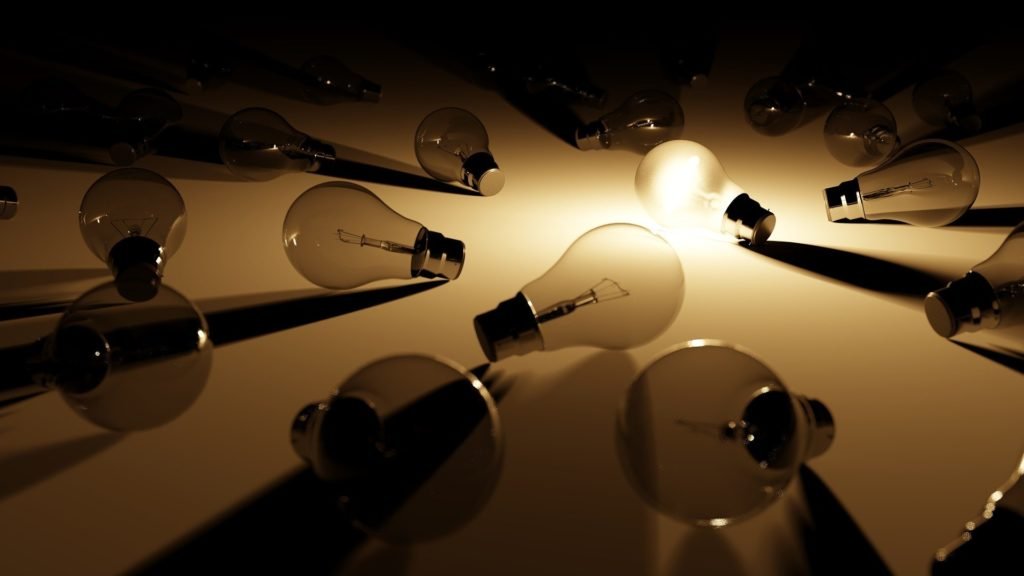
Here I want to show you how to take better pictures, what factors you should keep in mind while shutting these pictures, what concepts to consider, and what ways to explore these concepts.
First, some factors you should know about photography:
1- EXPOSURE:
Exposure is how light affects the picture, how dark or light it is. If it is too bright, then it is EXPOSED; if it is too dark, it is UNDEREXPOSED.
Understanding exposure through manual modes in your DSLR takes some time and a lot of practice – although auto mode can do almost everything – manually will take your pictures to many higher levels and make your photography more creative. That term comes from how any camera exposes a digital sensor or ordinary film to light.
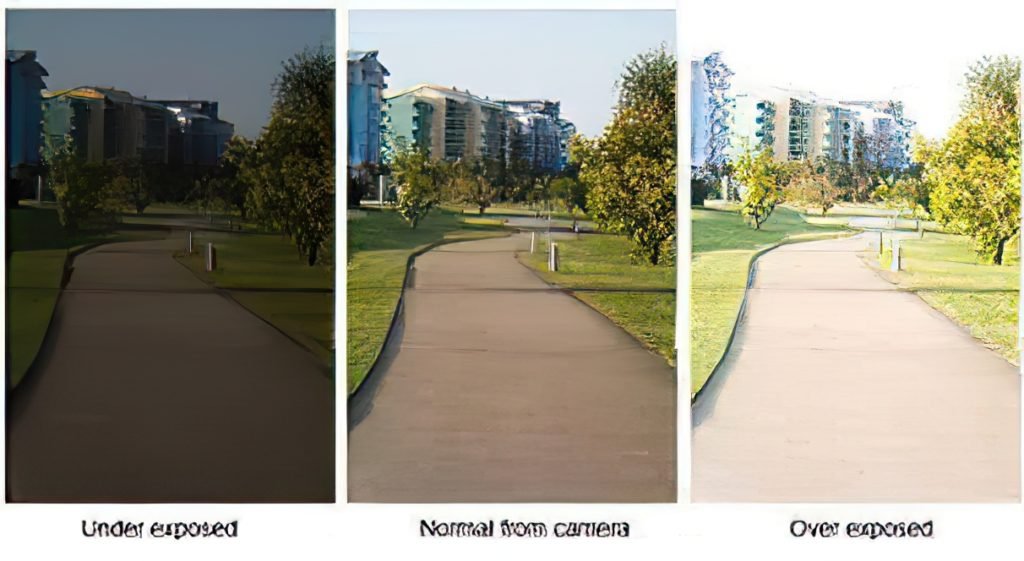
So, what are the factors affecting the EXPOSURE OF ANY CAMERA?
There are three factors affecting EXPOSURE, which we can adjust and know if we are using the manual mode and which will make our pictures more live and sensitive.
A- APERTURE:
It is the size of the opening in the lens, as a wide opening will let in more
light for a brighter image.
PS: – Narrow aperture is best for landscapes.
– Wide aperture is best for portraits.
B- SHUTTER:
Shutter speed is how long the camera sensor is exposed to light; using a slow shutter speed
you can have a bright image even if it’s taken at twilight.
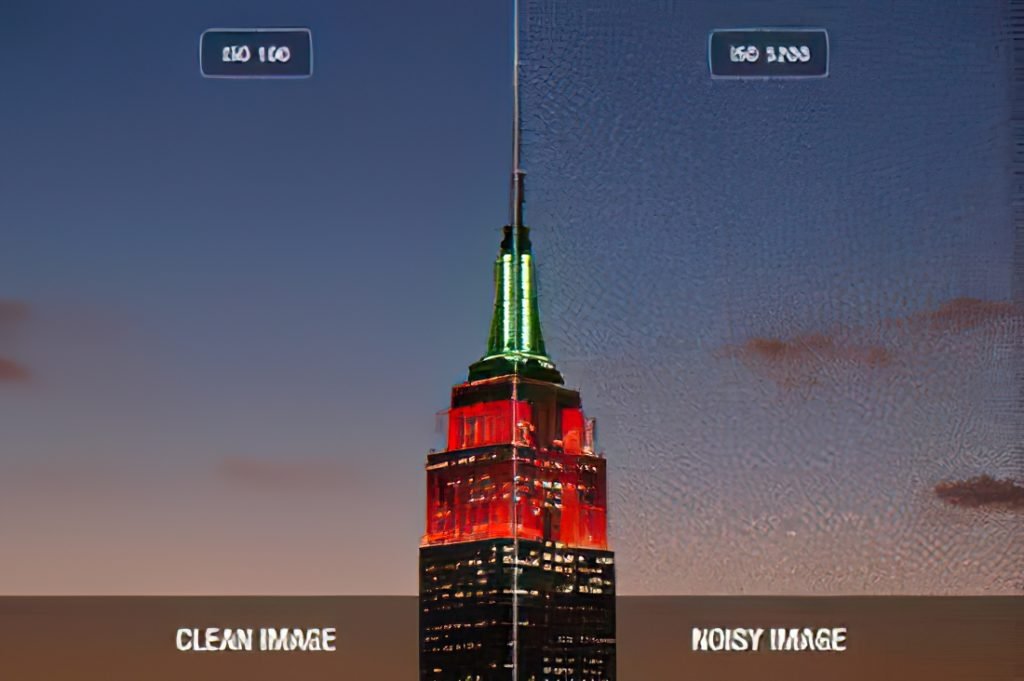
C- ISO:
Iso is how sensitive the camera sensor is to light.
If you sense that after adjusting the shutter speed and the aperture in your camera and the picture is still too dark, you can higher up ISO level.
Of course, you must try and practice a lot adjusting these factors in your pictures by setting them
manually your aperture, shutter speed, and iso.
But the next step is learning what else affects a good picture, such as motion, depth, and noise.

Shutter speed, for example, affects movement. Anything that moves
while the shutter is open will become a blur, so
slow shutter speeds create blur, while faster shutter
speeds freeze the action.
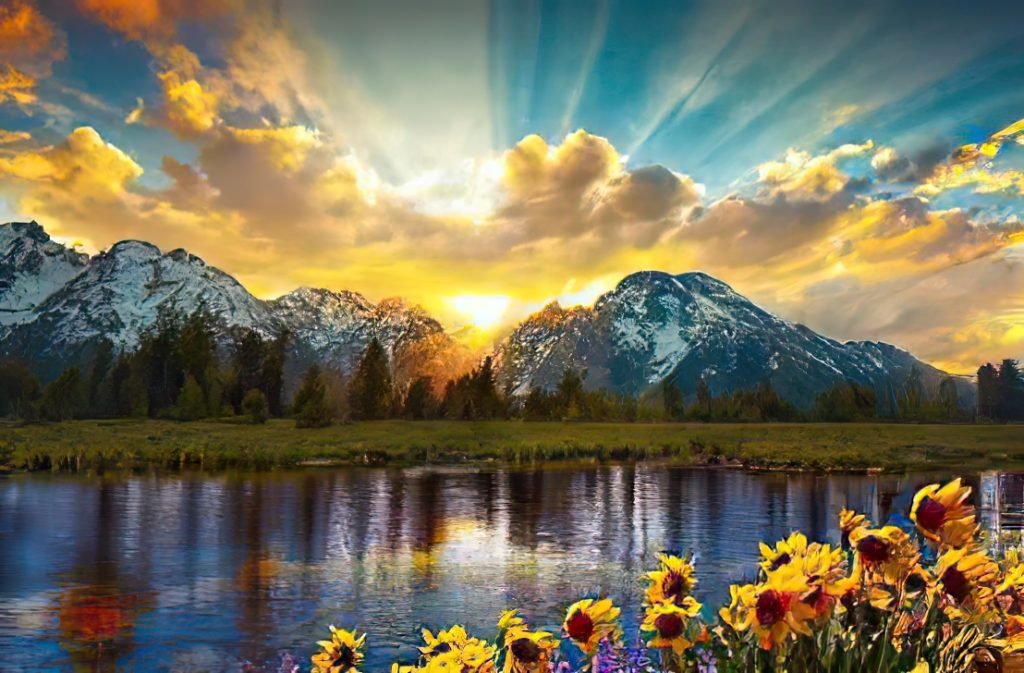
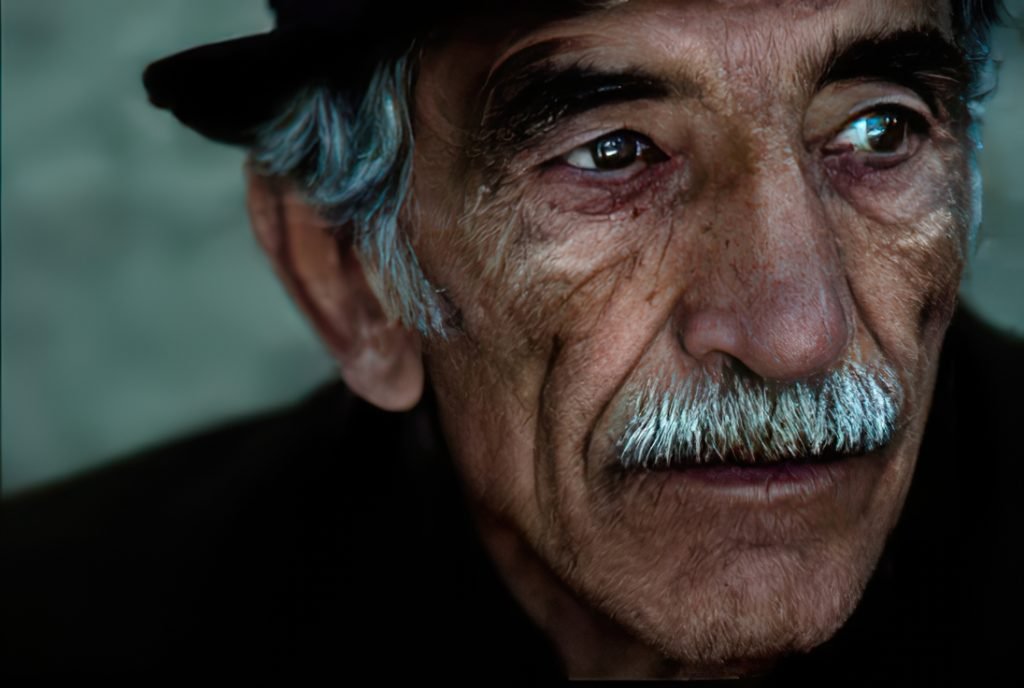
The aperture affects how much of the image is in focus. like portraits with dreamy, out-of-focus
backgrounds, and landscape images where nearly every detail is sharp. That’s all controlled through the aperture.
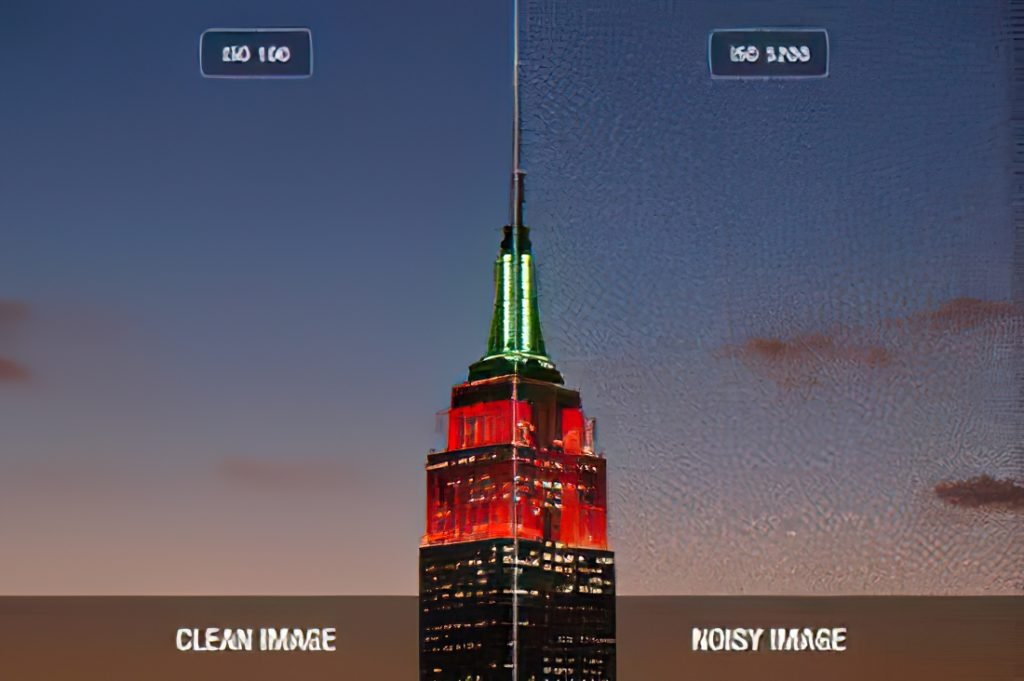
THE ISO affects a lot as well. High ISOs create noise or graininess to
an image, so higher ISOs don’t get you the excellent image
quality that a lower ISO does.
2- COMPOSITION:


The composition is how you see that picture
in your mind, you will take it lying down,
kneeling or just standing up, you will take it while
moving to a different angle, zooming, climbing a
ladder …etc., briefing how you see that picture in
your mind and this is all a matter of composition.
As in every hobby or work, we can tell that someone is born to do it; the composition is what someone is referring to when they say someone has “an eye for photography” And that he was born to be one.
However, the good news is that there are elements of composition that can be taught to improve the scale yourself; THE RULE OF THIRDS, for example, helps you decide where to place the subject in the frame.
3- FOCUS:
Of course, you will need to learn a few things about focusing techniques to keep the subject of a photo sharp.
Typically different autofocus modes help you get your shots sharp, while single-point autofocus allows you to choose what portion of the image to focus on; you can also set your camera to keep focusing, like for photographing sports or an air battle, for example …etc.
4- LIGHT:
Someone once said that photography is just understanding light.
Understanding light is a master key to becoming a great photographer; it’s not just a suitable object
to photograph, but it must be a good object with great lighting.
Understanding light involves knowing how and when to search for it, just as how to control it:
– It’s additionally fundamental to comprehend where to put the light-.
– picture takers ought to likewise realize how to control that light or use a flash or other
studio lighting to get an extraordinary picture, regardless of whether the current light isn’t
incredible.

5- PHOTO PROCESSING:


Fortunately, you no longer have to have a
darkroom to perfect your images.
Learning to use Photoshop or Lightroom is a big step toward creating better images. And there is a vast tip now: Start shooting in RAW!!
RAW is a file format like jpeg, yet unlike jpeg, it catches all the picture information recorded by your camera’s sensor instead of packing it.
At the point when you shoot in RAW, you’ll get more excellent pictures as well as have undeniably more control in post handling. For example, you’ll have the option to address issues, for example, finished or underexposure, and change things like color
temperature, white balance, and contrast.
6- THE CAMERA:

Like any gear of any kind, it won’t be great by itself; there must be a great one using it; a camera is no different; a great camera doesn’t take great pictures unless, of course, there is a great photographer behind it, SO YOU DON’T NEED THE LATEST AND GREATEST EQUIPMENT TO MAKE BEAUTIFUL IMAGES.
Yet, while the camera is only a device, it’s fundamental to comprehend that tool to benefit from your photos. You ought to learn enough to choose what camera you should purchase and, at that point, become more acquainted with the ins and outs of your camera.
TOP 10 BEST DSLRS YOU CAN BUY TO GET WONDERFUL PHOTOS.
So now, after all this information, here comes the most crucial question.
HOW TO TAKE BETTER PICTURES?
Well, there is a lot of information to know and cover.
Of course, you won’t master exposure and composition just by reading some articles. Becoming a good photographer takes effort, time, and a lot of trial and error; however, there are also some ways to learn.
Next, I will show you some great options for learning how to be a great photographer :
1- LEARN PHOTOGRAPHY:
Master the fundamentals of photography, from the basics to advanced techniques, and become a
a professional photographer from any course, online or life course.
A photography class is perhaps the most ideal approach to learning about photography. Why?
It combines a wide range of various learning options above into one. You’ll have an incredible guide as the teacher. You’ll find out about a photography component; at that point, head out with your camera and explore it. Class tasks are photography challenges. Classes likewise have the advantage of being organized to cover all the bases. Having an instructor to teach you and give input on your pictures is essential.

2- MENTORS:
Having somebody with photography experience to help you is extremely important. A PC can’t investigate your photographs and make recommendations to improve. A photography mentor or teacher can look at your work and identify what you could do to take better photos. A
the guide is likewise incredible for answering specific questions.

3- EXPLORING:
An excellent method to find out about photography is just
to take your camera out and take pictures.
After you read an article about aperture, for instance,
head out and analyze. Take photographs at the
various apertures and watch for the pictures to change.
Try not to evaluate another strategy while
shooting a once in a blue moon occasion, yet head out
when the photographs don’t matter and see what
you can catch it.
4- BE SELECTIVE:
It’s important to understand that each picture taker gets some fair shots regardless of how experienced or capable. Their portfolios are so impressive, however, because they just presented their best work; they don’t exhaust you with ten photographs of an almost identical scene. Limit down your many similar photos of one event to only a few excellent pictures from each shoot because by showing every one of them, you’re clouding the five or ten truly extraordinary shots you got.
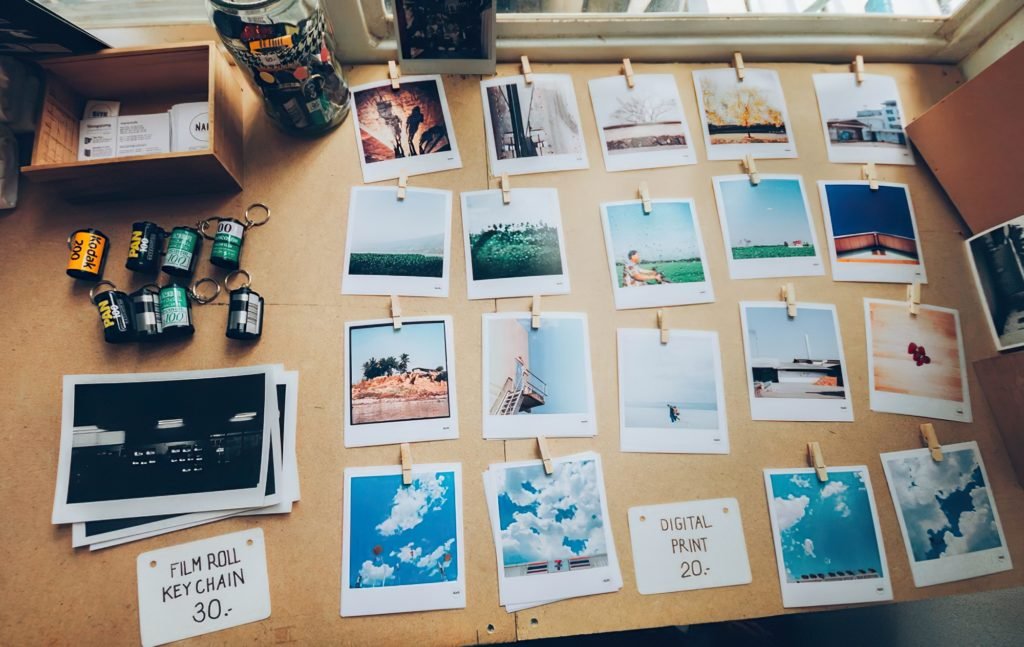
5- LEARN FROM YOUR MISTAKES:
Getting overexposed, hazy, or gravely made photographs can be frustrating, but instead of letting such photos discourage you, use them as a learning instrument. Don’t immediately hit the erase button the next time you get an awful photograph. Instead, invest some energy in examining the picture to determine what turned out badly and how to improve it.
There will usually be a simple arrangement, for example, attempting an alternate composition or utilizing a quicker shutter speed. Yet, if you see any repetitive issues, you’ll get an opportunity to get familiar with aspects of photography and fortify your weaker zones.
finally, after all this information we knew, could you practice to all of them at once? looking at the list altogether can be overwhelming, and can eventually make us press the auto button of the camera, but if you break it down, you can do it! no, you must take practice over every element one at a time, when you go throw one step you proceed to the other. And remember though you are walking on a long journey, it’s enjoyable and fun, and you must enjoy every part of it till you become the photographer you dream of. And don’t forget in your journey that not every picture must be a work of art, but maybe just showing your feelings and emotions the moment you took it.
Good luck in your journey.


